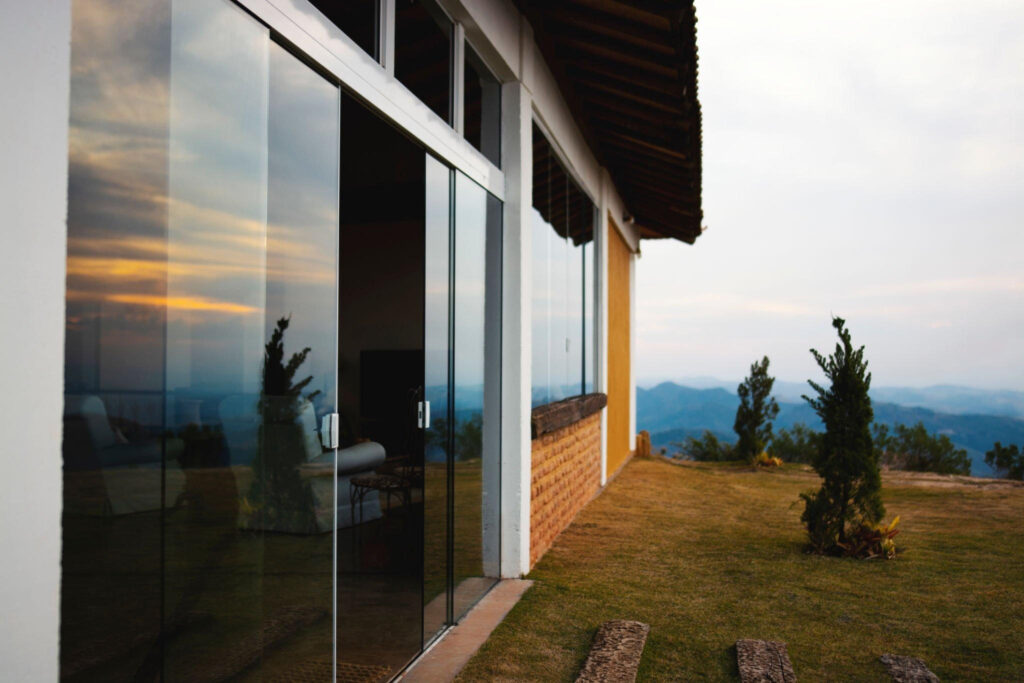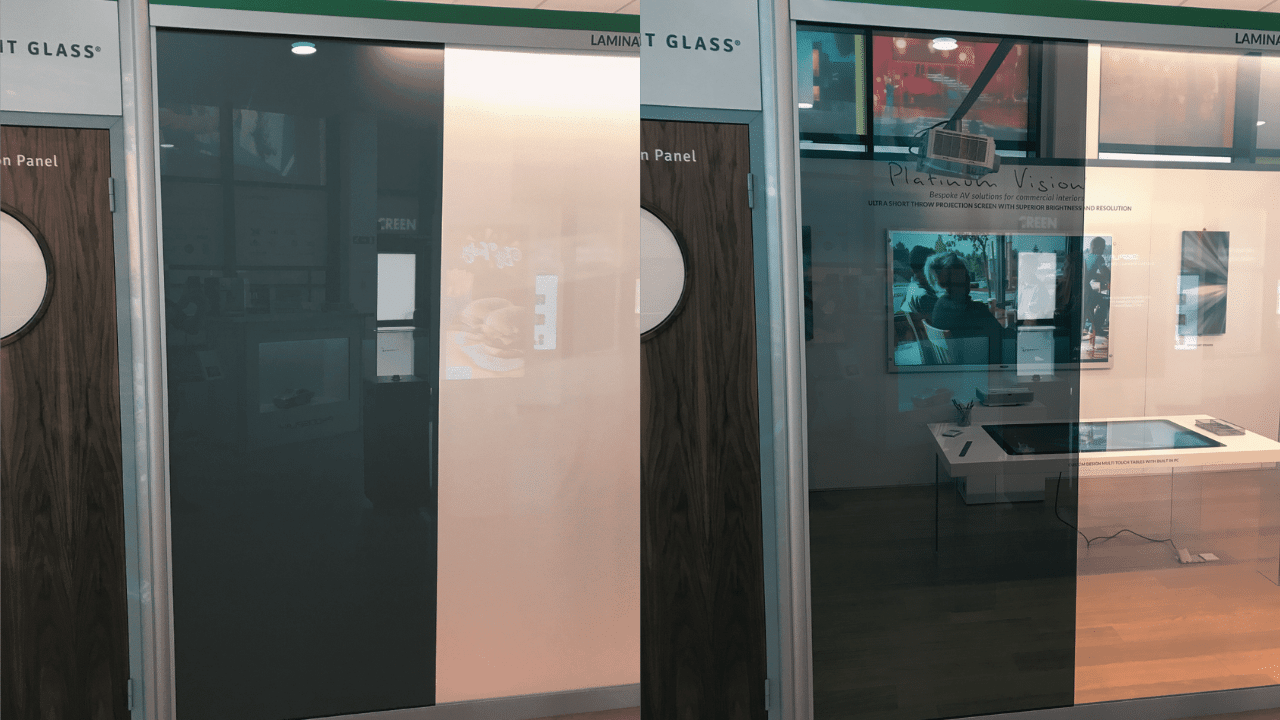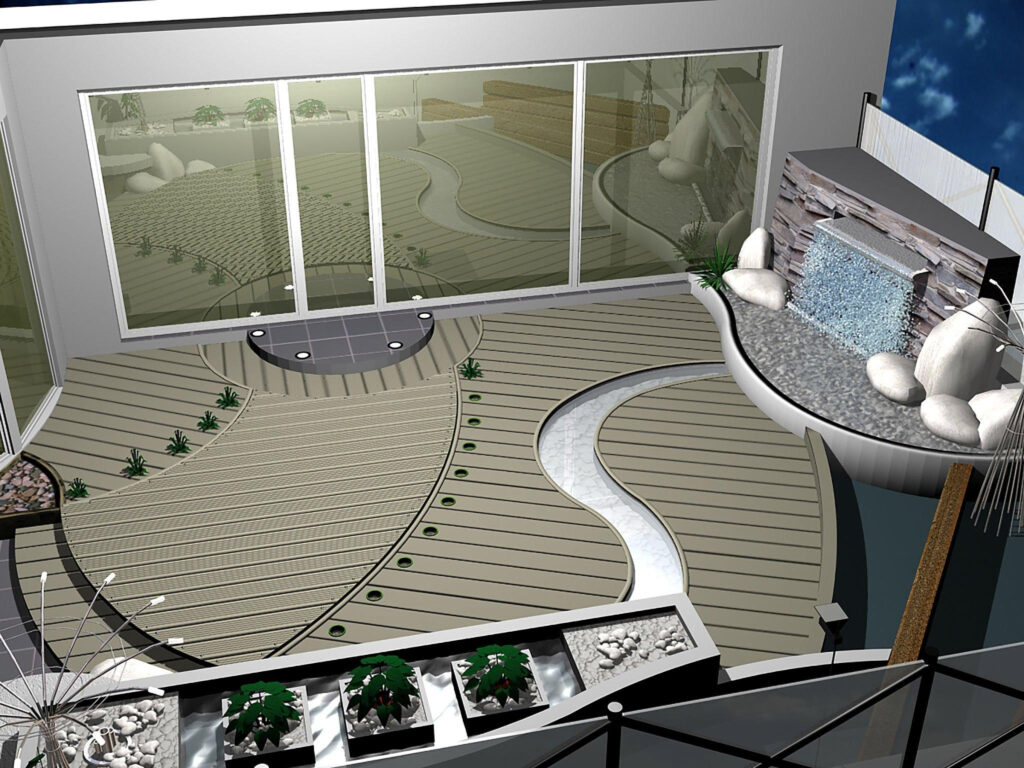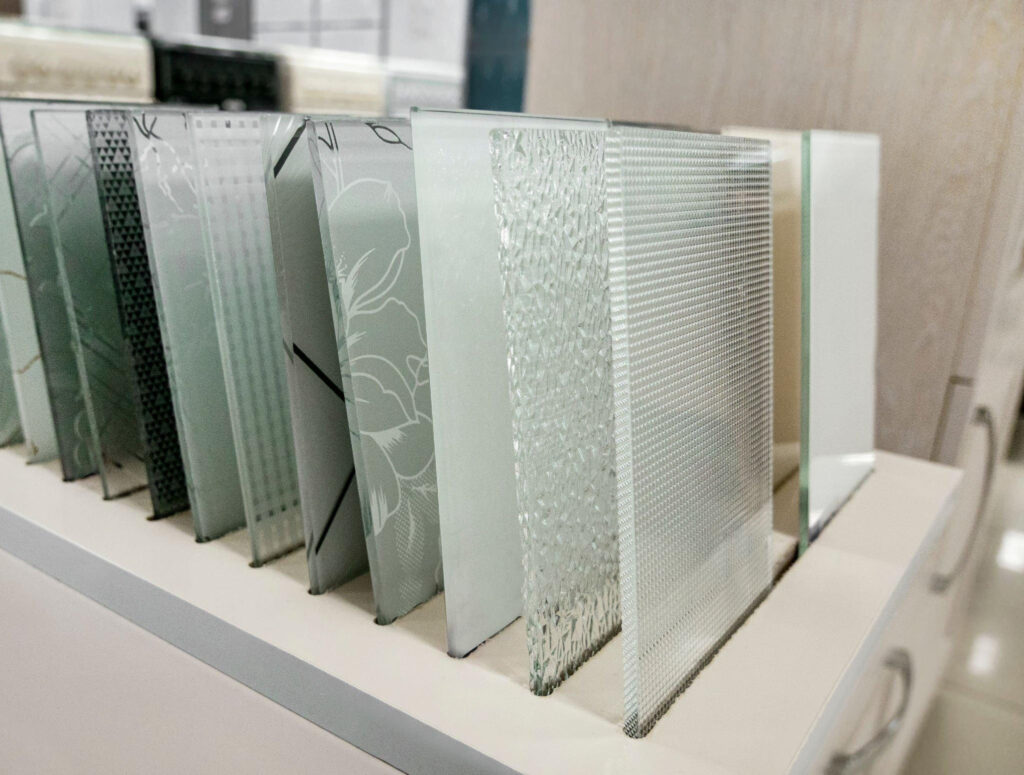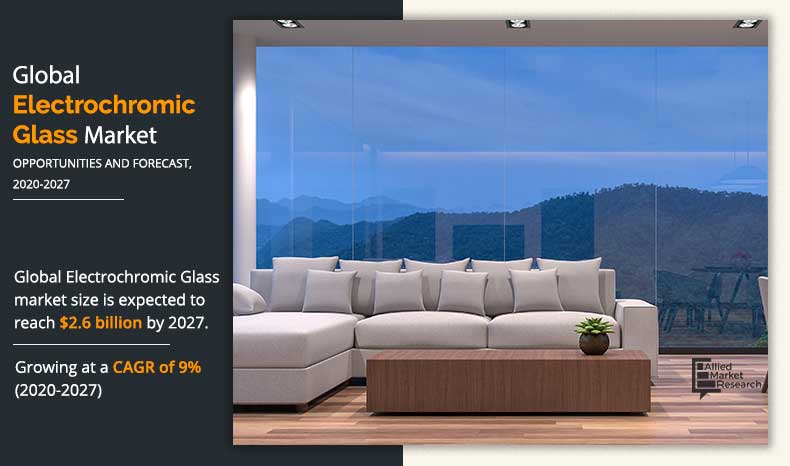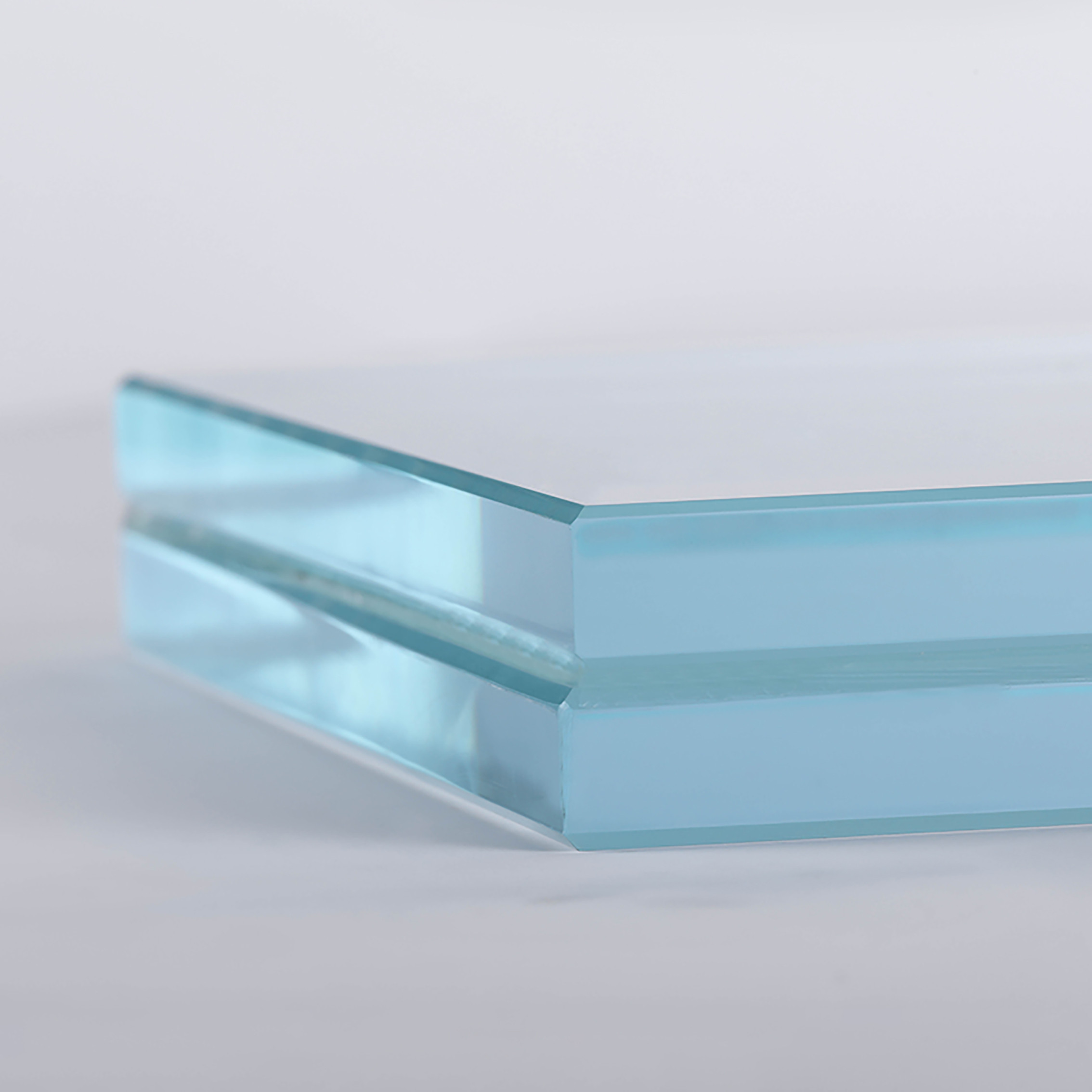Smart Glass Cost Per Square Foot

Imagine standing in your living room, the morning sun streaming through a wall of windows. But instead of harsh glare, a gentle, diffused light fills the space. At the touch of a button, the glass darkens, providing instant privacy and blocking out the afternoon heat. This isn't science fiction; it's the promise of smart glass, a technology rapidly moving from futuristic fantasy to everyday reality. But what about the bottom line? How much does this innovative window treatment actually cost?
The cost of smart glass, also known as switchable or dynamic glass, is a crucial factor influencing its adoption in both residential and commercial spaces. While offering compelling benefits like energy efficiency, privacy control, and aesthetic appeal, the price per square foot can be a significant barrier for many potential buyers. Understanding the various factors that contribute to the overall cost, and the potential long-term savings, is essential for making an informed decision about incorporating smart glass into any project.
The Landscape of Smart Glass
Smart glass isn't a monolithic product; it encompasses several distinct technologies, each with its own performance characteristics and price point. These technologies include electrochromic, suspended particle device (SPD), polymer dispersed liquid crystal (PDLC), and thermochromic glass.
Electrochromic Glass
Electrochromic glass is perhaps the most well-known type of smart glass. It changes opacity using an electrical charge to rearrange the molecules within the glass. This type is known for its gradual transition and energy efficiency.
The technology is often favored for its ability to block a significant amount of sunlight and heat, reducing the need for air conditioning.
Suspended Particle Device (SPD) Glass
SPD glass utilizes tiny particles suspended in a liquid between two panes of glass. When an electrical current is applied, the particles align, allowing light to pass through. Without the current, the particles are randomly oriented, blocking light.
SPD glass is known for its fast switching speed and deep tinting capabilities. It's often used in automotive sunroofs and high-end architectural applications.
Polymer Dispersed Liquid Crystal (PDLC) Glass
PDLC glass, often referred to as privacy glass, transforms from transparent to opaque when an electrical current is applied. In its natural state, the liquid crystals are randomly oriented, scattering light and making the glass opaque.
When a current is applied, the crystals align, allowing light to pass through. PDLC glass is commonly used in conference rooms, bathrooms, and other areas where on-demand privacy is desired.
Thermochromic Glass
Thermochromic glass changes its opacity in response to temperature changes. It darkens as the temperature increases, reducing glare and heat gain. This type of smart glass operates passively, requiring no electrical input.
Thermochromic glass is often used in skylights and windows to help regulate indoor temperatures.
Factors Influencing Cost
The cost of smart glass per square foot is influenced by a multitude of factors, making it difficult to provide a single, definitive price. Here are some of the most significant considerations:
- Technology Type: The type of smart glass technology significantly impacts the price. SPD glass tends to be the most expensive, followed by electrochromic, and then PDLC. Thermochromic glass is often the least expensive.
- Size and Shape: Larger and more complex shapes require more material and specialized manufacturing processes, increasing the cost. Custom sizes and intricate designs will generally command a premium.
- Glass Thickness and Composition: The thickness and type of glass used (e.g., tempered, laminated) also affect the price. Thicker glass and specialized compositions offer enhanced durability and performance but come at a higher cost.
- Control System Integration: The complexity of the control system and its integration with existing building management systems can add to the overall cost. Sophisticated control systems that offer features like remote control, scheduling, and sensor integration will increase the price.
- Installation Costs: Installation costs vary depending on the complexity of the project, the location, and the expertise of the installers. Installing smart glass requires specialized knowledge and experience, so it's crucial to hire qualified professionals.
- Manufacturer and Brand: Different manufacturers offer varying price points based on their technology, reputation, and warranty terms. Established brands with a proven track record may charge more than newer entrants to the market.
- Geographic Location: Prices can vary depending on the geographic location due to differences in labor costs, material availability, and local regulations. Areas with higher labor costs and stricter building codes may have higher installation costs.
Cost Estimates: A Range of Possibilities
Given the numerous factors influencing price, providing an exact cost per square foot is challenging. However, here's a general overview based on industry estimates:
- PDLC Glass: Typically ranges from $50 to $100 per square foot. This is often the most affordable option for privacy applications.
- Electrochromic Glass: Ranges from $80 to $200 per square foot. This is a popular choice for energy-efficient windows and skylights.
- SPD Glass: Can range from $150 to $400 or more per square foot. It is generally the most expensive option due to its advanced technology and performance characteristics.
- Thermochromic Glass: This is generally less expensive, but pricing is highly variable depending on the specific formulation and application.
It's crucial to remember that these are just estimates, and obtaining quotes from multiple suppliers is recommended to get a more accurate understanding of the costs for a specific project.
Long-Term Savings and Benefits
While the initial cost of smart glass can be substantial, it's important to consider the potential long-term savings and benefits. Smart glass can significantly reduce energy consumption by minimizing the need for artificial lighting, air conditioning, and heating. Energy savings can lead to lower utility bills and a smaller carbon footprint.
Smart glass also enhances occupant comfort by reducing glare and heat gain. This can improve productivity in office settings and create a more comfortable living environment in homes.
Furthermore, smart glass can reduce fading of interior furnishings by blocking harmful UV rays. It protects valuable artwork, furniture, and carpets from sun damage, extending their lifespan.
Some studies suggest that smart glass can increase property value, making it a worthwhile investment for homeowners and businesses.
The Future of Smart Glass
The smart glass industry is constantly evolving, with ongoing research and development focused on improving performance, reducing costs, and expanding applications. As production volumes increase and new technologies emerge, the price of smart glass is expected to decrease over time.
New innovations, such as self-tinting windows and wireless control systems, are making smart glass more accessible and user-friendly. This makes smart glass more appealing to a wider range of consumers.
The growing demand for energy-efficient and sustainable building materials is driving the adoption of smart glass in both residential and commercial construction. It is pushing manufacturers to innovate and offer more competitive pricing.
Conclusion
The cost of smart glass per square foot remains a significant consideration for potential buyers. However, when evaluating the investment, it's essential to consider the long-term savings, enhanced comfort, and potential increase in property value. As technology advances and production scales up, smart glass is poised to become an increasingly affordable and integral part of our built environment.
Imagine a future where buildings intelligently adapt to their surroundings, optimizing energy consumption and creating more comfortable and sustainable spaces. That future is within reach, thanks to the ongoing innovation and development in the field of smart glass.
